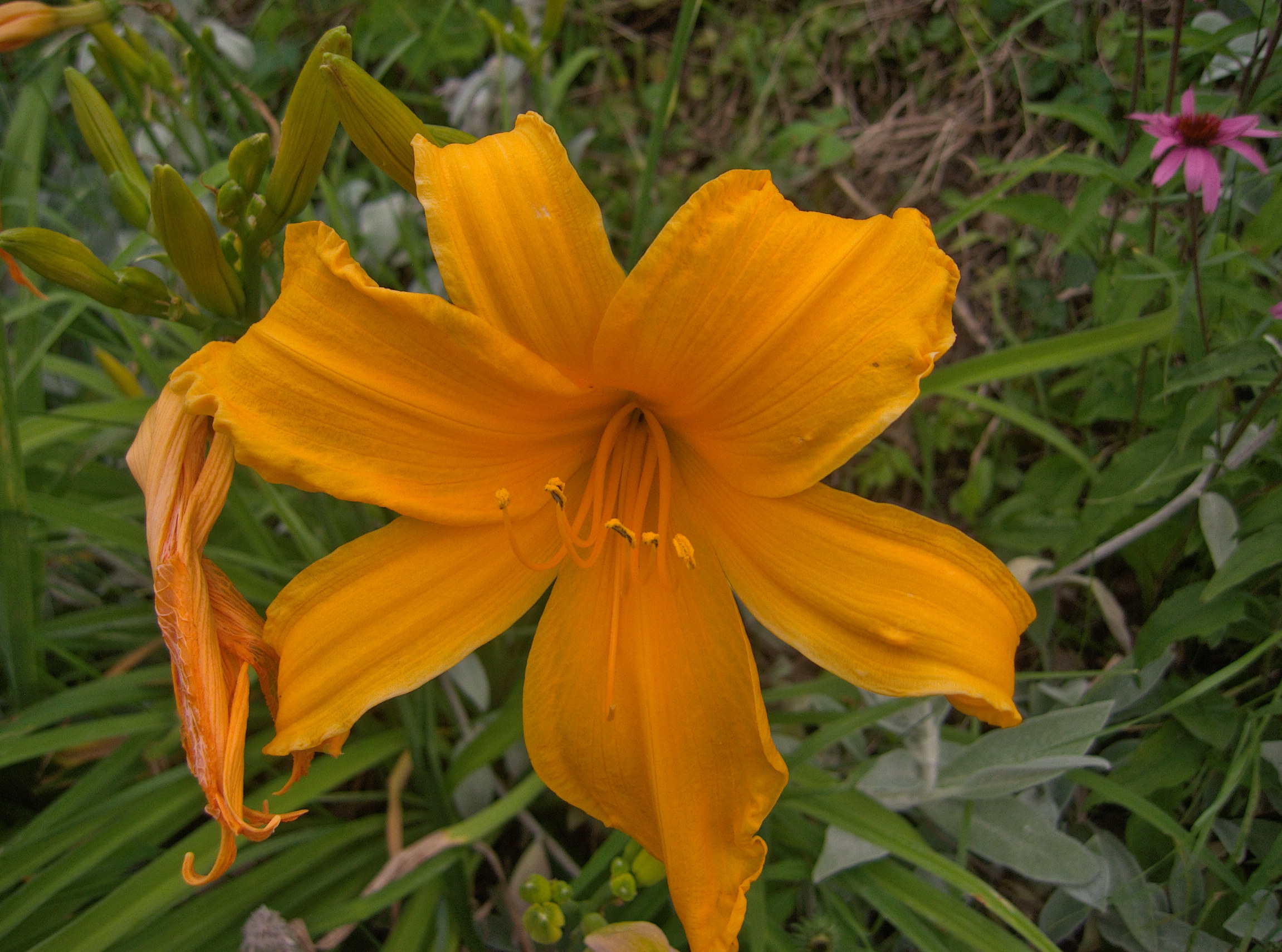
One Gateway Center seen from across the Allegheny. The three Gateway Center towers were one of the most-watched developments in postwar America; it seemed as though the modernist ideal of towers-in-a-park would finally obliterate congestion and unpleasantness in our cities, and the original plan was to cover the whole Point with identical towers. Fortunately money ran out long before that happened. Money concerns also spared us at the last minute from the pedestrian brick cladding that was planned for these towers; it proved cheaper to encase them in shimmering metal. The result is an International Style cruciform tower with a bit of the elegance of Art Deco.
Eggers & Higgins, the architects, were the successors to John Russell Pope, and thus responsible for completing the Jefferson Memorial in Washington. Clearly they were stylistically versatile.


























